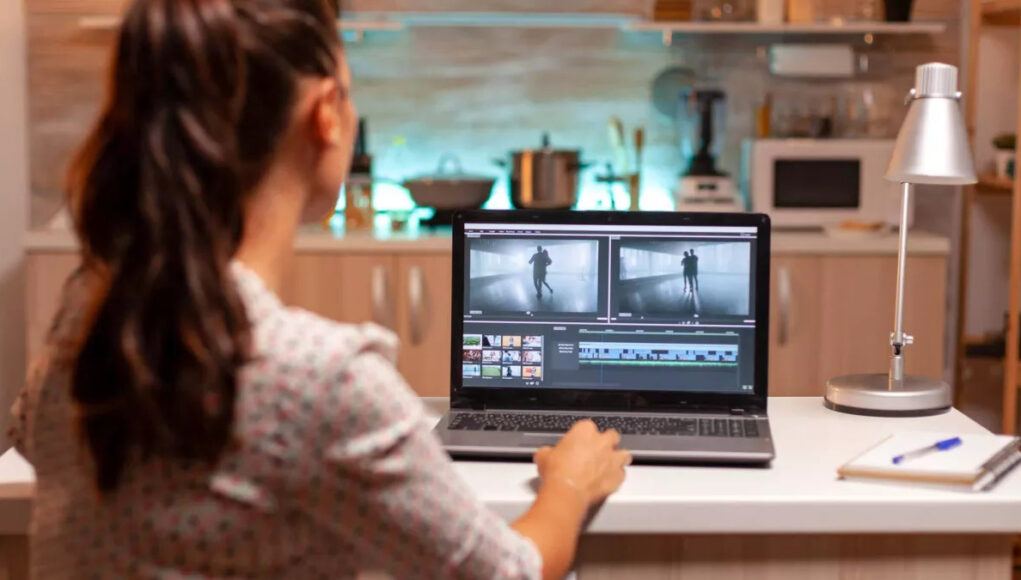Last Updated on April 23, 2024 by Umer Malik
Finding the ideal computer, laptop, or set of specifications for video editing is a constant challenge. If you have one already, there’s a good likelihood that your desktop doesn’t do your editing job any justice. Because your PC can’t keep up, you’ll discover that editing a 30-second or even a 1-minute film takes longer than usual.
So if you’re currently struggling with that problem, check out the below given effective methods to speed up your PC for Video editing.
Pro Tip:- If your PC is running slow or is not productive as it was before, then you can try the best automatic driver updater to tweak the drivers of your system.
Tips to Enhance your PC Working for Video Editing
Here are some useful tips you can follow and implement on your system to optimize your computer.
Get the video driver on your computer
Your computer’s hard drive can have 80GB or more storage space. Even yet, if you spend the money on a hard disc specifically for video storage, the system will be a lot happy.
With a dedicated video drive, you may enjoy the convenience of routine formatting, defragmenting, and general tidying up in between tasks, which will significantly enhance performance by giving you a fresh canvas each time.
Additionally, maintaining a separation between your video capture disc and your operating system’s system data and software installations will keep both your application and operating system performing efficiently.
Add more RAM to your system
Consider adding extra RAM to your system if it doesn’t already have the most that can be installed; if it’s a modern system, that’s a lot of RAM.
The maximum amount of RAM that may be installed is approximate what video editing could consume, and installing more RAM improves system performance and dependability.
It’s one of the most affordable methods to enhance your PC and see performance improvements that are actually noticeable. 256MB is frequently plenty, despite the fact that modern video editing systems frequently contain 1 GB or more of RAM.
Perform maintenance process periodically on your system
Maintaining your system is an easy approach to keeping it operating efficiently. Starting between projects, defragment the hard drive you have just for video.
Keep an eye out for important patches and upgrades for drivers and software online. Once per year or so, you may even want to think about entirely reinstalling the operating system.
Using a drive maintenance application is a smart move whether you’re using Windows or a Mac. These include straightforward diagnostic and upkeep tools that can both identify drives with issues and assist you in resolving performance or reliability issues.
Enable the write cache feature on your capture drive
Enabling Write Caching improves speed on capture discs. This may enable a more seamless transfer of data from the video recording equipment to the hard disk drive.
In Windows, you can frequently find the drive’s Device Properties in the Device Manager in the Control Panel and turn on Write Caching.
Disable unwanted applications
Regardless of whether you use a Mac or a Windows computer when it first starts up, a number of apps are automatically launched and kept operating in the background.
The possibility of having more of those small apps operating in the background increases as you add additional software to your computer. Each one reduces performance and uses a little number of system resources.
Anti-virus software is a prime example. They certainly offer a much-needed function, but if you’re able to maintain your computer away from networks and the Internet and avoid installing any dubious software, you might not need one on your computer used for video editing.
Use the proxies
When editing, employing proxies won’t cost you anything besides component upgrades.
Proxy footage is a low-resolution, low-quality version of the video you already have that you may use for editing while not causing your computer to run slowly.
Proxy servers allow you to export your film in full quality and playback your movie at full speed, which makes it possible to work more quickly during the editing process.
In short, when you press playback, proxies reduce the image resolution. With no lag or problems, you can now watch the progress in real-time. The original resolution portions that you want to see in the finished output will be used when you ultimately export the movie.
Also Read: Best event videographer in Berlin
Conclusion
To sum up, it is very necessary for video editors to optimize their computer systems in order to produce high-quality videos. So, in this article, we have included all the effective tips for all the editors out here to speed up their systems. We hope this guide will help you.


















